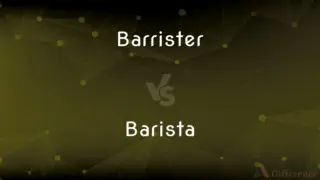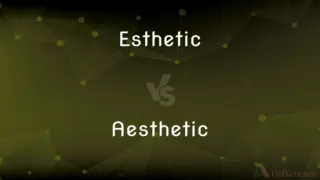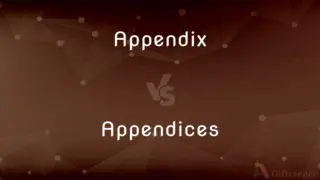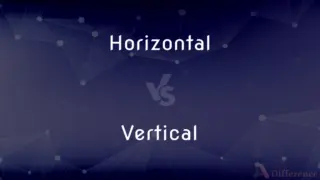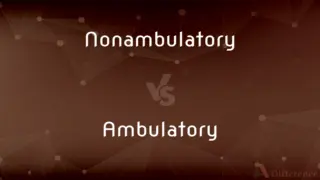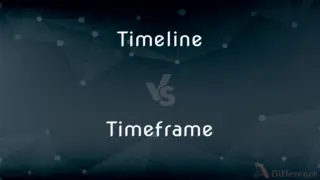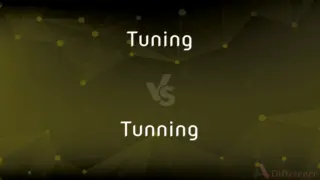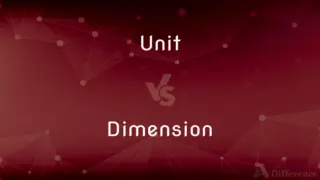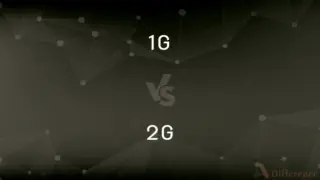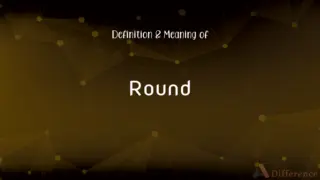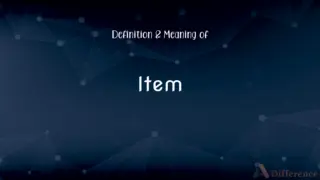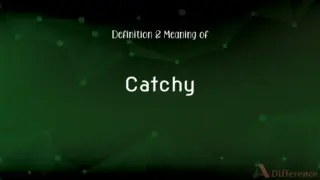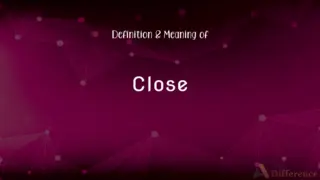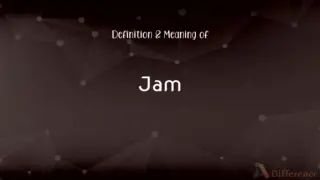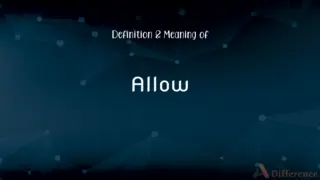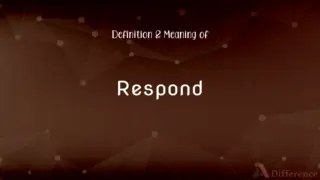Quadrilateral vs. Trapezoid — What's the Difference?
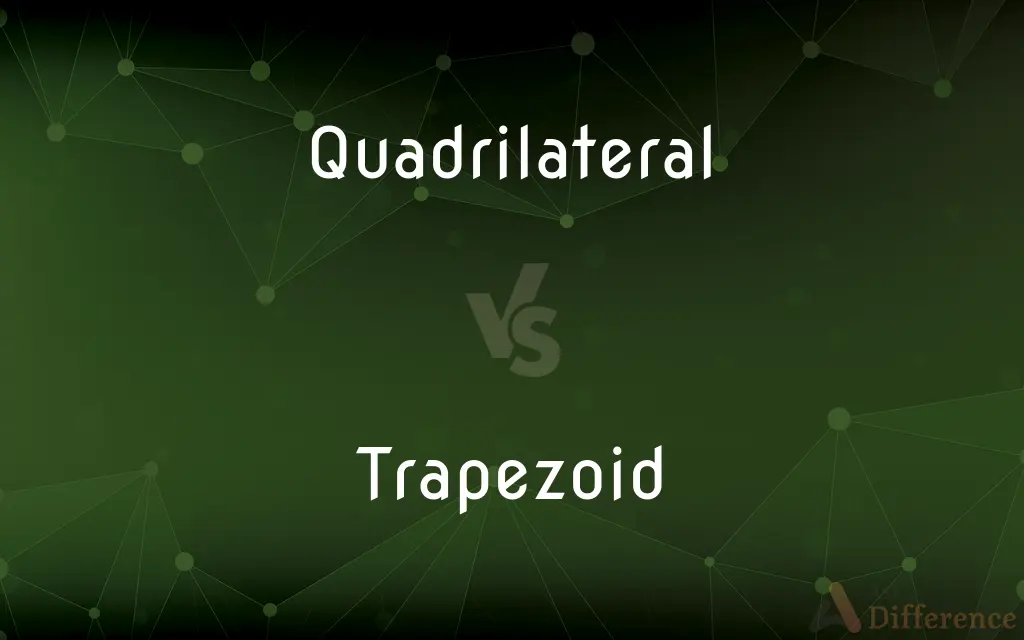
Difference Between Quadrilateral and Trapezoid
ADVERTISEMENT
Compare with Definitions
Quadrilateral
A quadrilateral is a polygon in Euclidean plane geometry with four edges (sides) and four vertices (corners). Other names for quadrilateral include quadrangle (in analogy to triangle) and tetragon (in analogy to, e.g., pentagon or hexagon).
Trapezoid
In Euclidean geometry, a convex quadrilateral with at least one pair of parallel sides is referred to as a trapezium () in English outside North America, but as a trapezoid () in American and Canadian English. The parallel sides are called the bases of the trapezoid and the other two sides are called the legs or the lateral sides (if they are not parallel; otherwise there are two pairs of bases).
Quadrilateral
A polygon having four sides.
Trapezoid
A quadrilateral having two parallel sides.
Quadrilateral
Having four sides.
ADVERTISEMENT
Trapezoid
Chiefly British A trapezium.
Quadrilateral
A polygon with four sides.
Trapezoid
(Anatomy) A small bone in the wrist, situated near the base of the index finger.
Quadrilateral
An area defended by four fortresses supporting each other.
The Venetian quadrilateral comprised Mantua, Peschiera, Verona, and Legnano.
Trapezoid
(Sports) An area in the shape of a trapezoid marked behind the goal line and the goal in ice hockey, where the goalie is allowed to play the puck.
Quadrilateral
Having four sides.
Trapezoid
A (convex) quadrilateral with two (non-adjacent) parallel sides.
Quadrilateral
Having four sides, and consequently four angles; quadrangular.
Trapezoid
A convex quadrilateral with no sides parallel.
Quadrilateral
A plane figure having four sides, and consequently four angles; a quadrangular figure; any figure formed by four lines.
Trapezoid
(anatomy) The trapezoid bone of the wrist.
Quadrilateral
An area defended by four fortresses supporting each other; as, the Venetian quadrilateral, comprising Mantua, Peschiera, Verona, and Legnano.
Trapezoid
A plane four-sided figure, having two sides parallel to each other.
Quadrilateral
A four-sided polygon
Trapezoid
A bone of the carpus at the base of the second metacarpal, or index finger.
Quadrilateral
Having four sides
Trapezoid
Having the form of a trapezoid; trapezoidal; as, the trapezoid ligament which connects the coracoid process and the clavicle.
Trapezoid
Of or pertaining to the trapezoid ligament; as, the trapezoid line.
Trapezoid
A quadrilateral with two parallel sides
Trapezoid
The wrist bone between the trapezium and the capitate bones
Share Your Discovery

Previous Comparison
Responsibility vs. Activity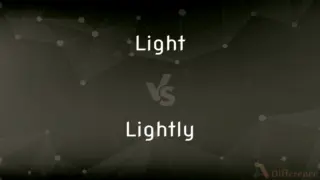
Next Comparison
Light vs. Lightly
